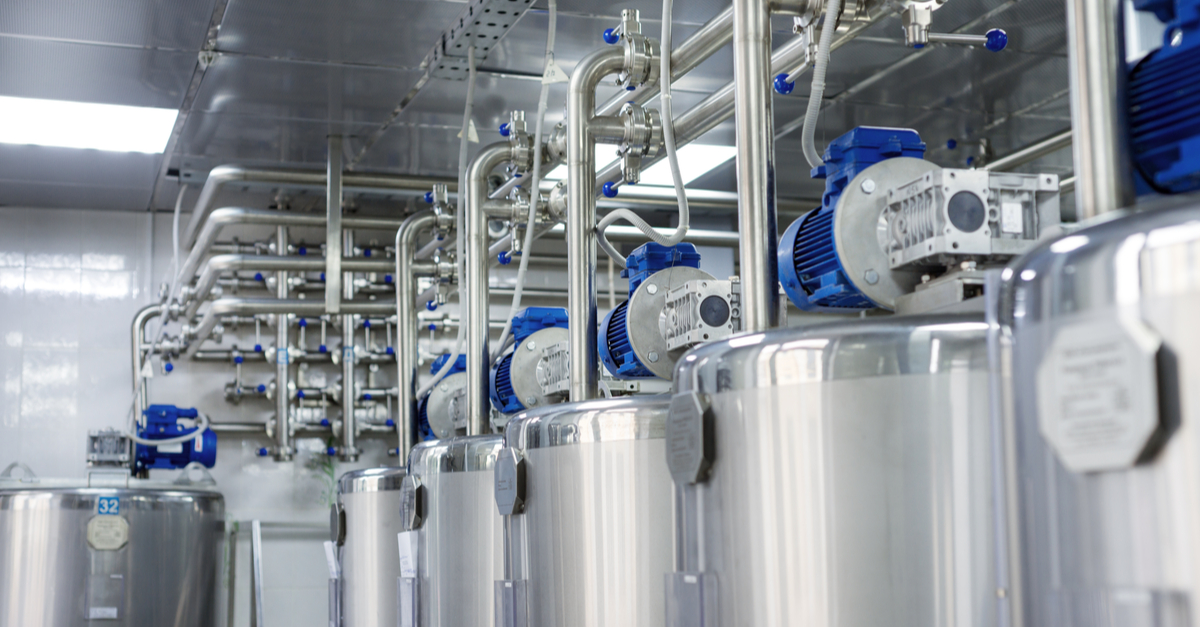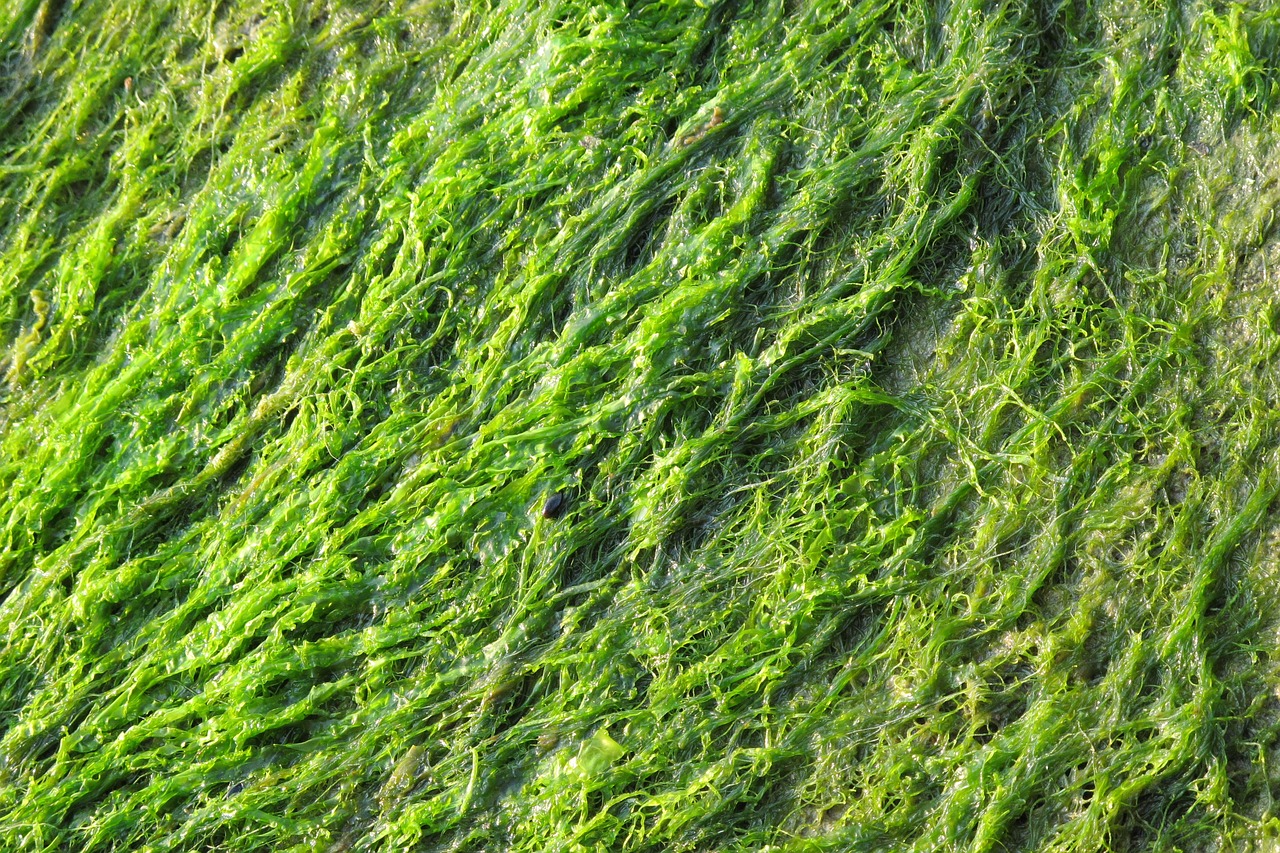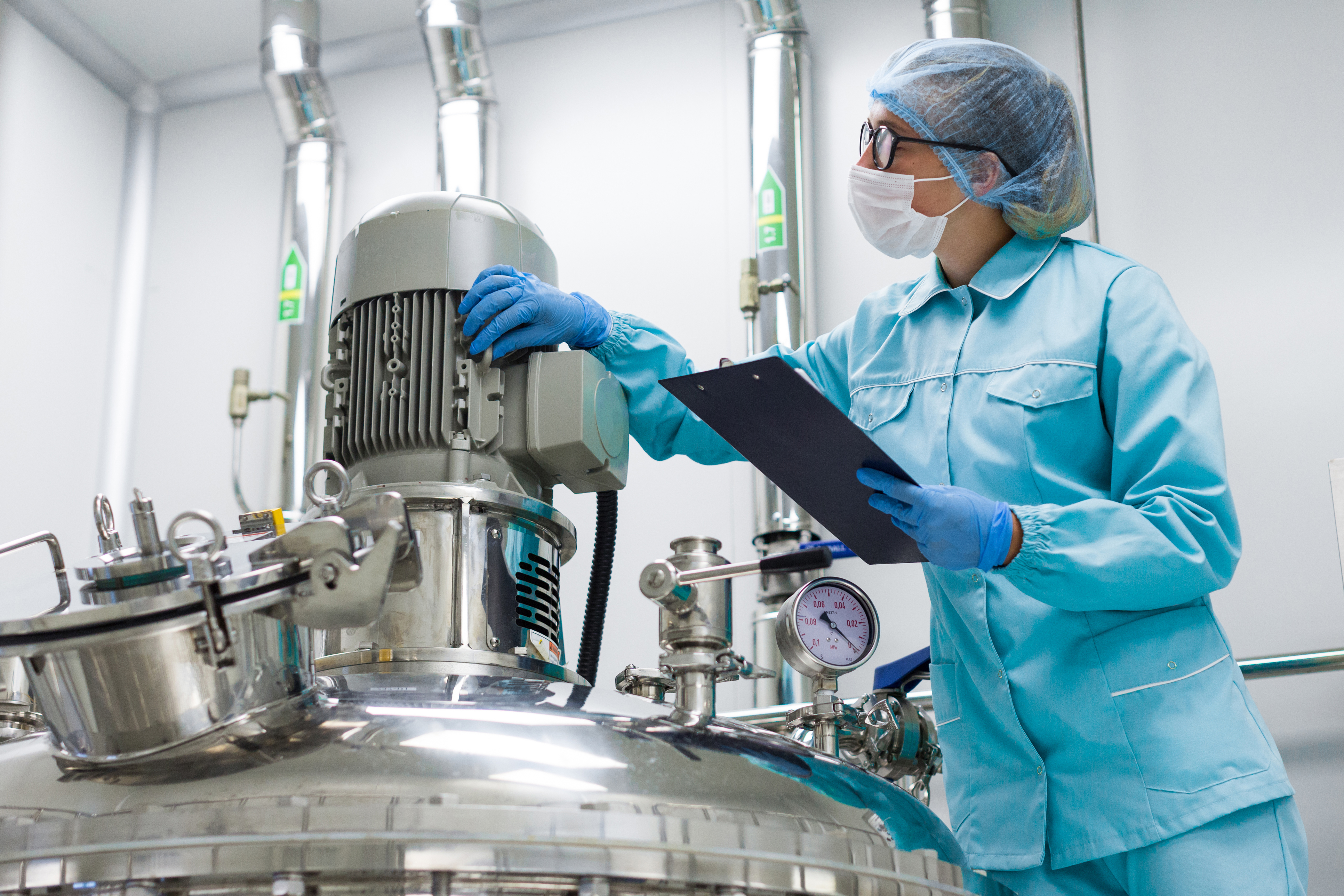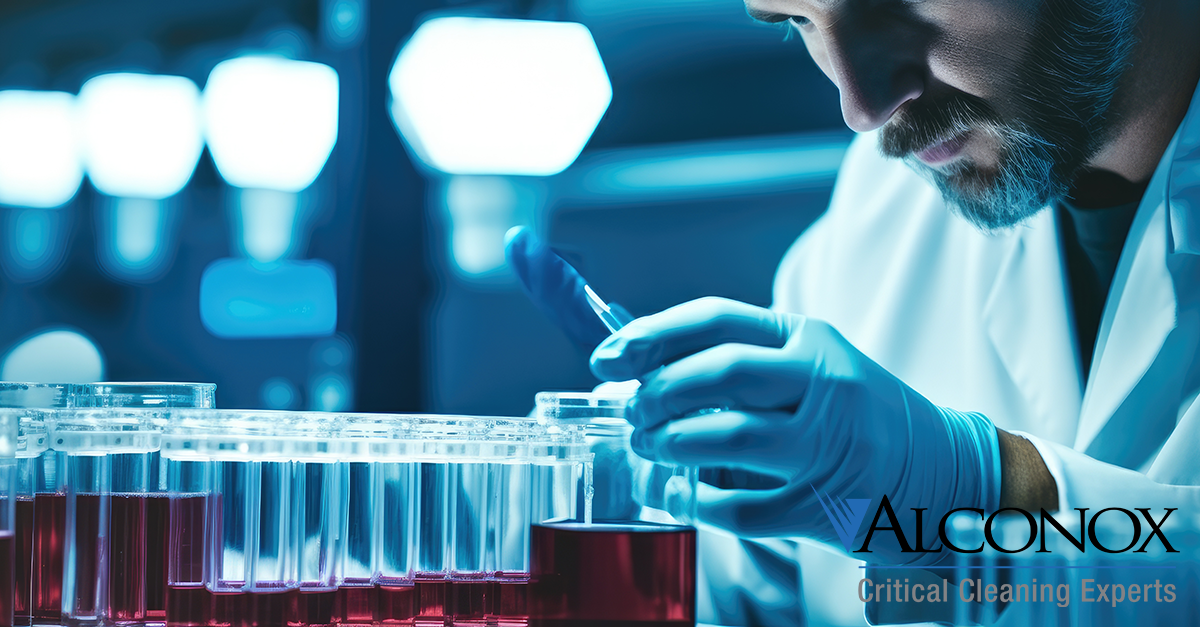Cleaning Probiotics with Low Foaming Detergent
Q: We are a medium-sized production company, focused on probiotic manufacturing. We would like a low foaming detergent to clean our stainless steel production tanks and lines. The residue can be quite challenging.
A: Residue from probiotics, which are microorganisms, will be proteinaceous and organic in nature. These residues can be adherent and challenging to remove, especially when a low foaming detergent is required. Recall that low foaming surfactants tend to be less good at emulsifying, and a reliance on chemistry is required for the predominant cleaning mechanism.
How to Clean Labware: Removing Algae
Q. We are a large energy company working with algae. It is proving tough to remove from glass and labware. We are using Liquinox detergent currently, which is good. Anything better? Eventually we would like to move to cleaning these in our washer.
A. Algae, and the viscous oils that you are working with, require not just powerful emulsifiers….
Biopharma Cleaning: Hormone Residue
Q. How can I clean residual hormone residue from our process lines and tanks?
A. For manual cleaning we would highly recommend TergazymeⓇ Enzyme Active Powered Detergent. It contains protein enzymes that can effectively break down protein based hormones along with powerful emulsifiers.
Enzymatic detergent or non-enzymatic detergent?
Q: How do you know when to use an enzymatic detergent as opposed to a non-enzymatic detergent?
A: This is an excellent question, and the answer hinges on the specific type of soil you are trying to remove and the nature of the surface being cleaned. Here’s a detailed, step-by-step response to guide you through the decision-making process.
Cleaning organics and pathogens
We are looking for a cleaning solution for machines (including electronics parts and sensors) processing blood. These machines are medical devices. We need a detergent to clean organic debris, deactivate pathogens, and which is not corrosive. We found Detojet solution in your website. Do you know if this detergent is suitable for our application, or do you advise another one?




